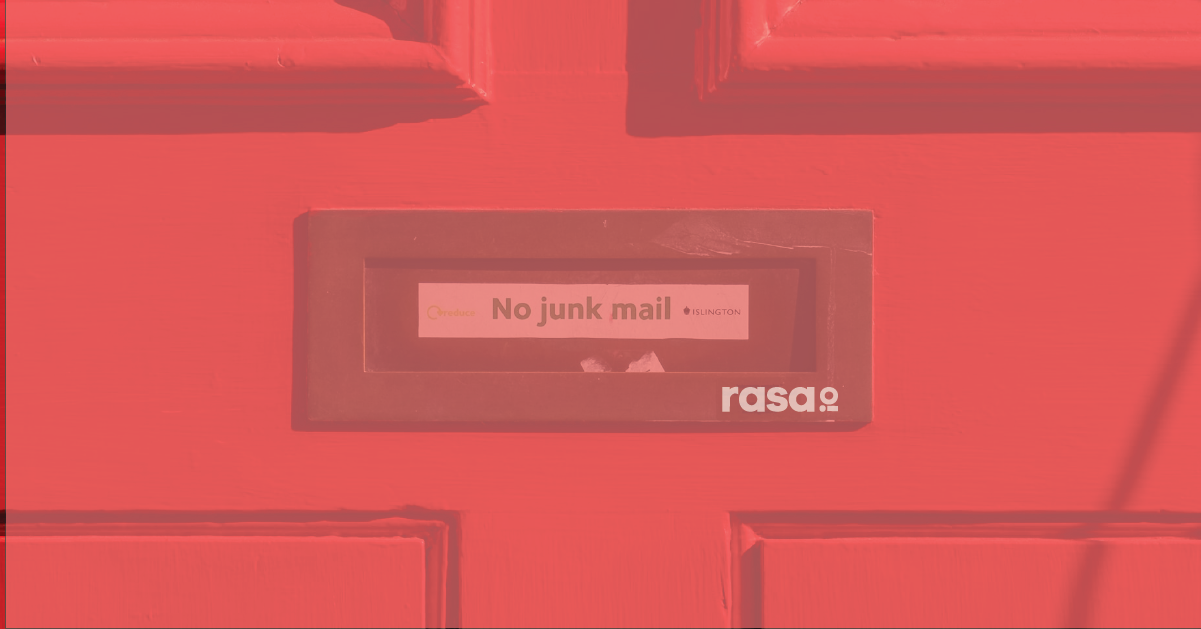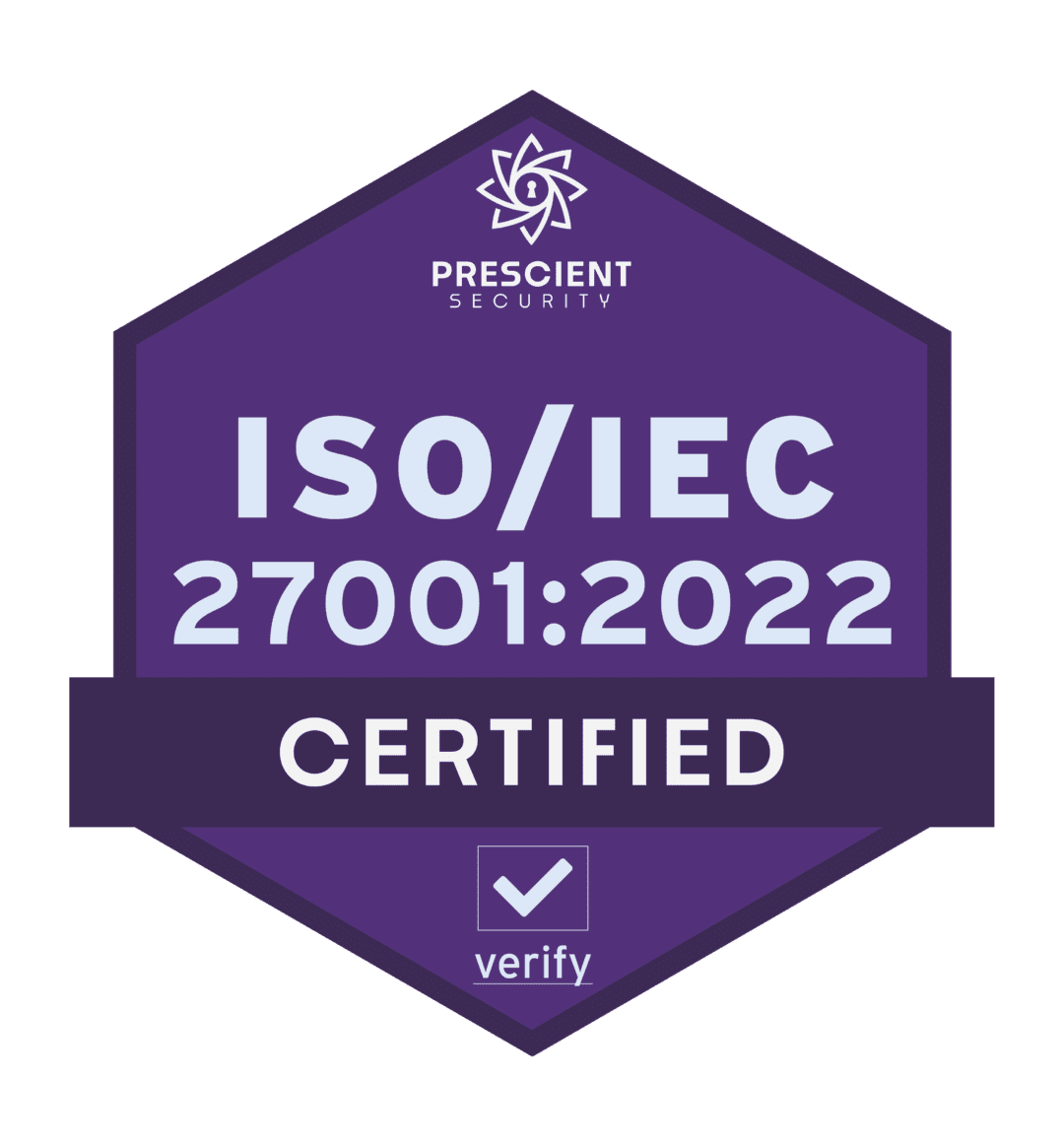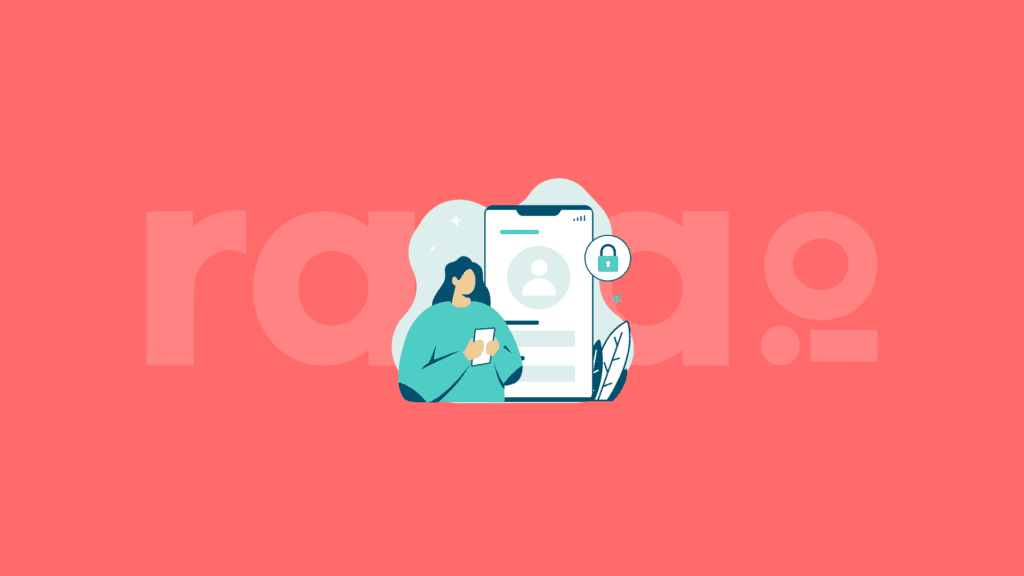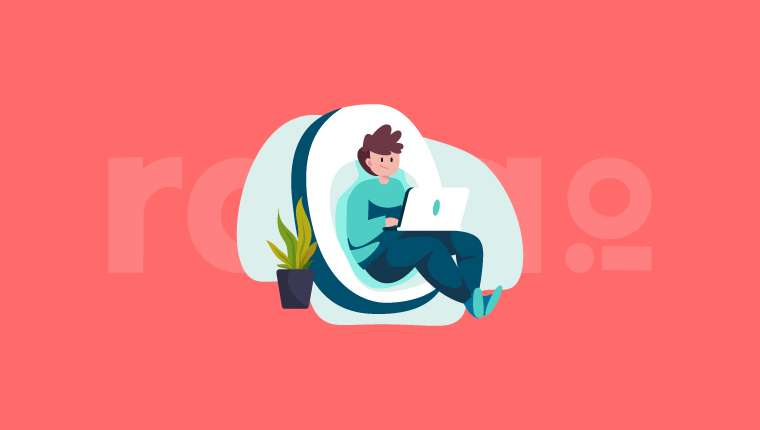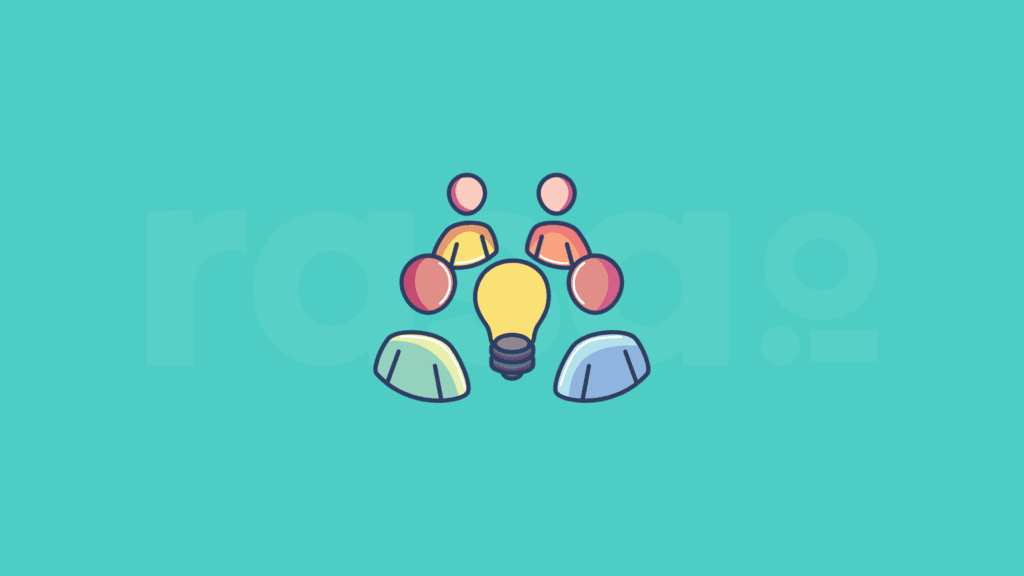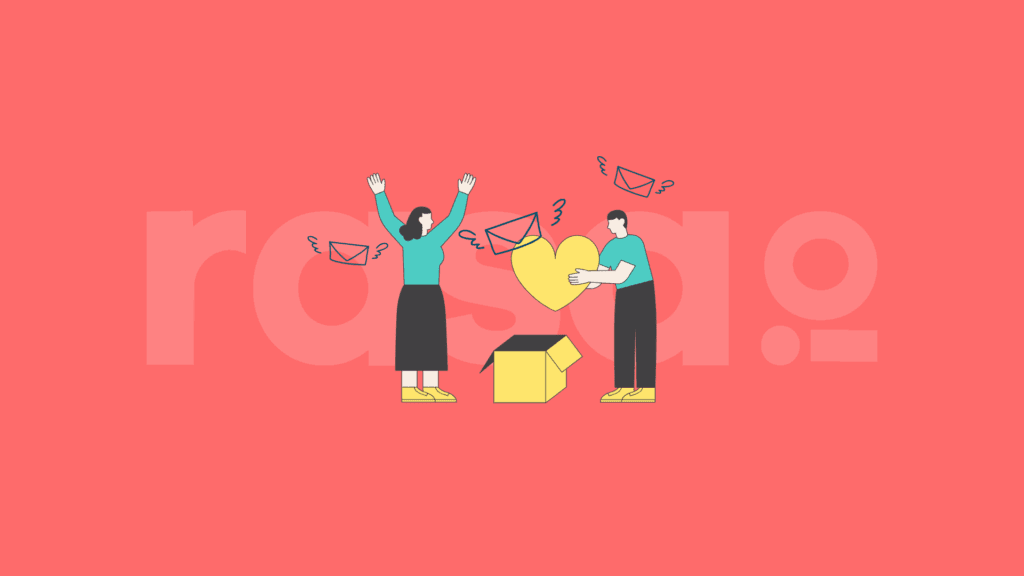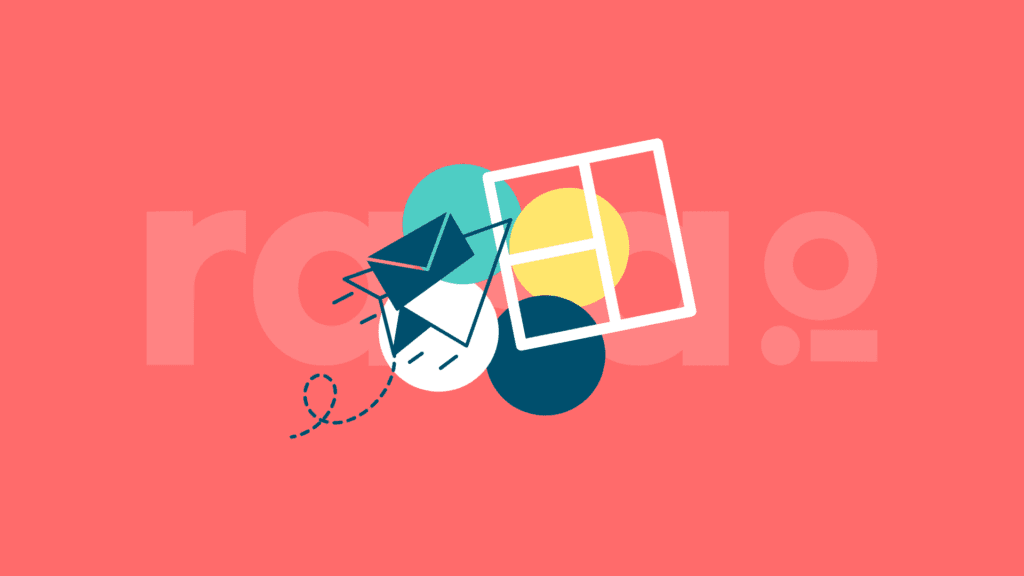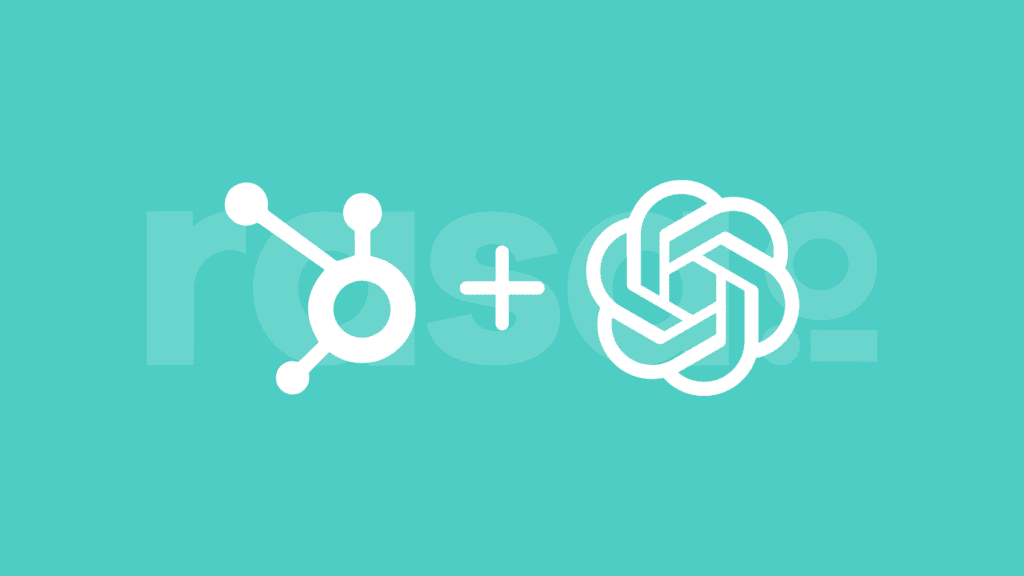Email is one of the most powerful digital marketing methods in the B2B sector nowadays, but that should come as no surprise to anyone. Given the fact that 87% of B2B marketers say email is one of their top free organic distribution channels, it’s safe to say that email marketing should be one of your (if not your only) top priorities in 2022.
There are numerous email marketing strategies that can help you increase conversions, but if you have already covered the basics, now is the time to start implementing some advanced practices. In the B2B sector, it’s important to continue optimizing your email strategy in order to boost your email KPIs and achieve your goals.
If you set your B2B email strategy right, you can improve client acquisition and retention, elevate brand trust and loyalty, and maximize the lifetime value of every client. Let’s put all of that into perspective and share some expert tips on how you can take your B2B email marketing to the next level.
Map the Customer’s Journey
Do you know what your customer’s journey looks like? Are you aware of the steps your B2B customers have to take to become your customers? Do you think that conversion is where that journey ends?
These are some of the questions you need to answer in order to map and start optimizing the journey to achieve better results with your email campaigns.
Without a doubt, conversion is not where the customer journey ends, because after converting them you want to focus on retention and building brand advocacy. Here’s what the customer journey looks like in the B2B sector:
- Awareness
- Consideration
- Transaction
- Customer Experience/Nurturing
- Loyalty
What’s important to keep in mind is that different customers are at different stages of their journey and that you need to align your email campaigns (everything from your messaging to your CTAs and visuals) to the needs of the individual. This leads us to the next important point.
Focus on Newsletter Personalization
The newsletter is an essential tool in your email marketing arsenal, and you can use your newsletters to achieve a variety of short, mid, and long-term goals. Most importantly, you can use your newsletter to influence and incentivize people across your customer journey map. To do this, you need to focus on newsletter personalization, just as you do with the rest of your email marketing.
Value-driven email marketing for small businesses is all about aligning your email sequences to the unique needs of the individual B2B companies you’re targeting as potential customers. This allows you to address the specific pain points that a potential client is experiencing, and provide the ideal solution.
If a customer is at the awareness stage of their journey, then your email campaigns need to be focused on education and delivering value-driven content. On the other hand, customers who are ready to buy want email content with comparisons and payment plans so that they can make an informed decision.
And what about the last couple of steps? What about customer experience and loyalty? This is where you need to personalize your follow-ups and newsletter content to keep your clients engaged and motivated to do business with your brand.
Boost Engagement with Free Products
Handing out free stuff is always a good way to engage your audience, build brand value and trust, and make a positive impact on your online community. This is one of the key ways to add value to your email campaigns and your brand as a whole, as there are many ways you can delight your email recipients with free digital and physical products.
Putting free digital products and CTA links into your emails is one of those email marketing strategies that help nurture leads and keep existing customers engaged. You can also promote free products through contests and giveaways, for which your emails will serve as the perfect announcement.
Add Visual Elements
Nowadays, you can’t hope to dazzle your customers with error-free, great email copy alone. Yes, content and messaging are still the most important elements of a winning email campaign, but if you want your emails to stand out, you need to start focusing on visual content, as well.
You want to enrich your newsletter emails with original imagery, visual CTAs, and beautiful themes that will frame the design and the content. This will make the content stand out and you can use visual elements to highlight certain sections and guide the customer through the email.
Good email visualization is a great way to nurture leads and provide a lot of information in a fun and engaging format. For example, consider putting infographics in your emails to share quick tips and educational content with new and existing customers.
Stick to One Powerful CTA
An email without a clear call to action is a waste of sales and marketing resources. The typical B2B subscriber’s attention span is shrinking, which means that you have a small window of opportunity to inspire them to act in response to your email. You can’t achieve this without an impactful, personalized CTA.
The positioning of your CTA can depend on a variety of factors in your industry and niche, but typically, you want to position your CTAs above the fold. What that means is that your CTA should always be near the top of the email, which is important when writing email blasts for a large audience with the goal of driving website traffic and CTR from your emails.
This also goes for your most valuable, attention-grabbing content. Together, they will inspire your clients to take the next step. However, it’s important not to overdo it, and to stick to one, powerful CTA.
Combined with value-driven, result-oriented content, a single CTA is all you need. Any more than that, and you risk pushing those apprehensive B2B customers away for good.
Don’t Avoid Cold Emails
Outbound email marketing is nothing to shy away from, and even though inbound marketing should be your primary focus, keep in mind that cold emails can deliver amazing results. In the B2B sphere, cold emails are an essential part of a winning customer acquisition strategy.
Developing effective cold emails and cold email sequences requires meticulous customer research, market research, and analysis, as well as extensive A/B testing. Cold emails thrive on short-form, impactful content that delivers value immediately and gets to the point quickly.
After all, why would anyone read a cold email if there’s nothing to grab their attention in the first sentence? With that in mind, here’s what your cold email needs:
- A short, intriguing subject line
- Above-the-fold content that addresses a unique pain point
- A short summary of what you do
- A short statement of how you can help
- A call to action
Notice that cold email CTAs are typically positioned near the end. There are several reasons for this:
- The recipient needs time to consume and understand the information
- They don’t trust you, and they’ll back out immediately after seeing a CTA at the beginning
- The CTA at the end is the perfect way for the recipient to take action seamlessly after reading through your email
While many B2C companies will stay away from cold emails in the fear of driving customers away, B2B leaders need to leverage this powerful marketing method to generate new leads.
Over to You
Growth-oriented businesses need to leverage email marketing to create a direct line of communication with their clients and achieve their goals. Whether you are looking to bring more clients in or retain the highest-paying ones, email marketing can help you reduce your marketing spend and achieve tangible results.
That said, you need to start focusing on the more advanced email practices if you want to get ahead in B2B marketing. From perfectly-crafted cold emails to hyper-personalized newsletters, you have an opportunity to take your business to new heights in 2022 and beyond. Use these best practices to make this year your best one to date.

